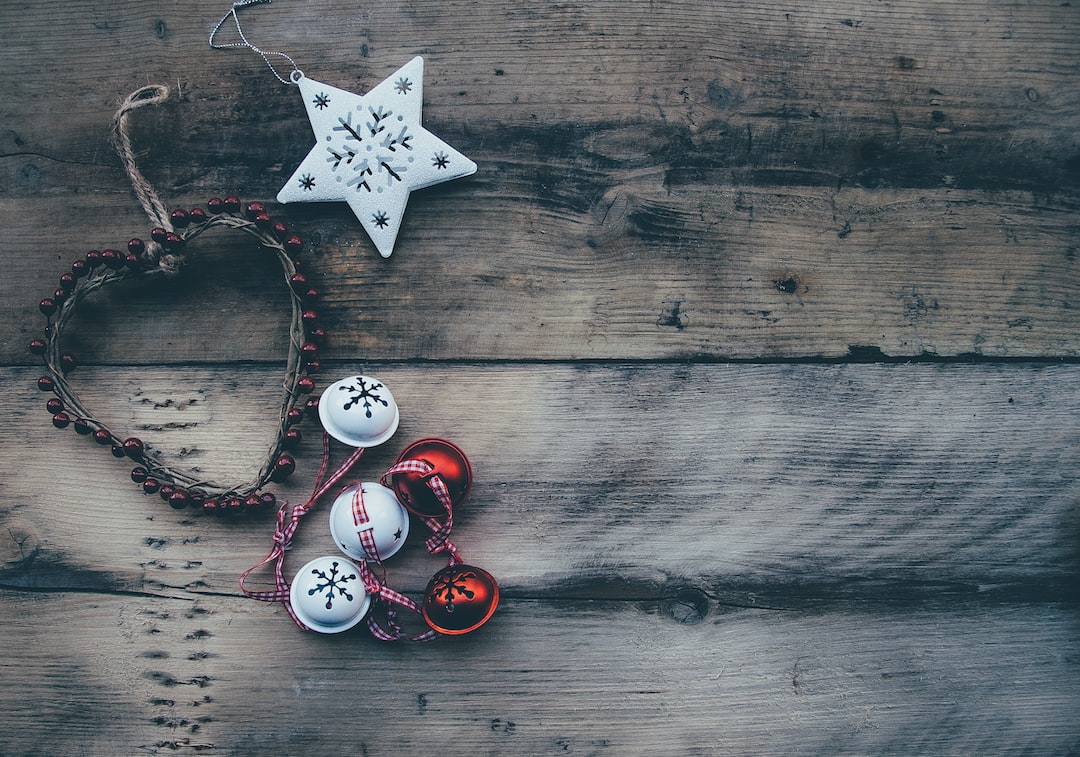Extend the Life of Your Poinsettias: Tips for Post-Christmas Care

Poinsettias are one of the most popular and iconic plants during the holiday season. With their vibrant red, white, or pink bracts, they add a festive touch to any home or garden. However, many people are unaware that poinsettias require special care after the holiday season to ensure their longevity and health. In this article, we will explore the importance of post-Christmas care for poinsettias and provide you with valuable tips on how to keep your poinsettias thriving long after the holiday decorations have been put away.
Key Takeaways
- Post-Christmas poinsettia care is crucial for keeping your plant healthy and vibrant for next year’s holiday season.
- Poinsettias require specific conditions, including bright but indirect light, consistent moisture, and warm temperatures.
- Choosing the right location for your poinsettias is important, as they are sensitive to drafts, extreme temperatures, and dry air.
- Watering tips for poinsettias include checking the soil moisture regularly, avoiding overwatering, and using room-temperature water.
- Feeding your poinsettias with fertilizer and nutrients can help promote growth and vibrant color, but it’s important to follow the instructions carefully.
Understanding the Needs of Poinsettias
To properly care for poinsettias, it is important to understand their anatomy and growth habits. Poinsettias are tropical plants native to Mexico and Central America. They have dark green leaves and colorful bracts that surround their small yellow flowers. Poinsettias are photoperiodic plants, which means that they require specific amounts of light and darkness to trigger their blooming process.
In terms of light requirements, poinsettias need at least six hours of bright indirect sunlight each day. They should be placed near a window with filtered light or in a well-lit room. Avoid placing them in direct sunlight, as this can cause the leaves to burn.
Watering is another crucial aspect of poinsettia care. Poinsettias prefer slightly moist soil, but they do not like to sit in waterlogged conditions. It is important to water them thoroughly when the top inch of soil feels dry to the touch, but make sure to allow excess water to drain out of the pot. Overwatering can lead to root rot and other diseases, so it is important to strike a balance between keeping the soil moist and avoiding waterlogged conditions.
Choosing the Right Location for Your Poinsettias
When selecting a location for your poinsettias, there are several factors to consider. First and foremost, poinsettias thrive in temperatures between 60 and 70 degrees Fahrenheit (15 to 21 degrees Celsius). They are sensitive to cold drafts and sudden temperature changes, so it is important to keep them away from doors, windows, and heating vents.
In addition to temperature considerations, poinsettias also require a location with adequate light. As mentioned earlier, they need at least six hours of bright indirect sunlight each day. If you are keeping your poinsettias indoors, choose a spot near a window with filtered light. If you are placing them outdoors, make sure they are in a location that receives partial shade during the hottest part of the day.
Lastly, it is important to consider the humidity levels in the chosen location. Poinsettias prefer moderate humidity levels between 40% and 60%. If the air in your home or garden is too dry, you can increase humidity by placing a tray filled with water near the plant or by using a humidifier.
Watering Tips for Poinsettias
| Watering Tips for Poinsettias |
|---|
| Water poinsettias when the soil surface feels dry to the touch. |
| Water deeply, but make sure the soil is well-drained to prevent root rot. |
| Avoid letting the plant sit in standing water. |
| Use room temperature water to avoid shocking the plant. |
| Humidity is important for poinsettias, so consider using a humidifier or placing a tray of water near the plant. |
Proper watering is essential for the health and longevity of poinsettias. As mentioned earlier, poinsettias prefer slightly moist soil. To determine when to water your poinsettia, check the top inch of soil with your finger. If it feels dry to the touch, it is time to water.
When watering your poinsettia, make sure to thoroughly saturate the soil until water drains out of the bottom of the pot. This ensures that the entire root system receives moisture. However, it is important to allow excess water to drain out of the pot to prevent waterlogged conditions.
Avoid overwatering your poinsettia, as this can lead to root rot and other diseases. On the other hand, underwatering can cause the plant to wilt and the leaves to drop prematurely. It is important to strike a balance and water your poinsettia when the soil feels dry, but not bone dry.
Feeding Your Poinsettias: Fertilizer and Nutrient Requirements
Poinsettias have specific nutrient requirements that need to be met for optimal growth and health. They require a balanced fertilizer with equal amounts of nitrogen, phosphorus, and potassium. A fertilizer with an NPK ratio of 20-20-20 is suitable for poinsettias.
During the active growing season, which is typically from spring to early fall, poinsettias should be fed every two weeks with a diluted fertilizer solution. Follow the instructions on the fertilizer package for the correct dilution ratio.
It is important to note that poinsettias do not require fertilization during their dormant period, which is typically from late fall to early spring. During this time, reduce watering and withhold fertilization to allow the plant to rest.
Poinsettia Pruning: When and How to Trim Your Plant

Pruning is an important aspect of poinsettia care, as it helps maintain the plant’s shape and size. Pruning also encourages bushier growth and more vibrant bracts.
The best time to prune your poinsettia is in early spring, after the blooming period has ended. Use clean, sharp pruning shears to remove any dead or damaged branches. You can also trim back the plant by one-third to one-half to encourage branching.
When pruning your poinsettia, make sure to wear gloves, as the milky sap that oozes from the cut stems can cause skin irritation. If you come into contact with the sap, wash the affected area with soap and water immediately.
Preventing Pests and Diseases in Poinsettias
Poinsettias are susceptible to a few common pests and diseases. The most common pests that affect poinsettias include aphids, whiteflies, and spider mites. These pests can be controlled by regularly inspecting your plants and using insecticidal soap or horticultural oil to treat infestations.
In terms of diseases, poinsettias are prone to root rot, powdery mildew, and botrytis blight. To prevent these diseases, it is important to avoid overwatering and provide good air circulation around the plant. If you notice any signs of disease, such as wilting, yellowing leaves, or fuzzy growth, take immediate action to treat the problem.
Temperature and Humidity Control for Poinsettias
Maintaining the proper temperature and humidity levels is crucial for the health of poinsettias. As mentioned earlier, poinsettias prefer temperatures between 60 and 70 degrees Fahrenheit (15 to 21 degrees Celsius). They are sensitive to cold drafts and sudden temperature changes, so it is important to keep them away from doors, windows, and heating vents.
In terms of humidity, poinsettias prefer moderate levels between 40% and 60%. If the air in your home or garden is too dry, you can increase humidity by placing a tray filled with water near the plant or by using a humidifier. Avoid placing poinsettias in areas with high humidity, as this can lead to fungal diseases.
Repotting Poinsettias: When and How to Do It
Poinsettias typically do not require repotting every year. However, if your poinsettia has outgrown its current pot or if the roots are becoming crowded, it may be time to repot.
Signs that your poinsettia needs to be repotted include roots growing out of the drainage holes, stunted growth, or wilting despite proper care. The best time to repot your poinsettia is in early spring, after the blooming period has ended.
To repot your poinsettia, choose a pot that is one size larger than its current pot. Fill the new pot with a well-draining potting mix and gently remove the plant from its old pot. Loosen the roots and place the plant in the new pot, making sure that the soil level is the same as it was in the old pot. Water thoroughly after repotting and continue with regular care.
Poinsettia Storage: How to Keep Your Plant Healthy Until Next Christmas
If you want to keep your poinsettia for next year’s holiday season, proper storage is essential. After the blooming period has ended, reduce watering and allow the plant to enter its dormant period. Place the poinsettia in a cool, dark location with temperatures between 50 and 60 degrees Fahrenheit (10 to 15 degrees Celsius). Water sparingly during this time, just enough to prevent the soil from completely drying out.
In late spring or early summer, you can start bringing your poinsettia back to life by gradually increasing light exposure and watering frequency. Repot if necessary and resume regular care. With proper care and attention, your poinsettia will be ready to bloom again in time for next year’s holiday season.
Post-Christmas care is crucial for poinsettias to ensure their longevity and health. By understanding their needs and providing them with the right conditions, you can enjoy vibrant and healthy poinsettias long after the holiday season has ended. Remember to consider factors such as light, water, temperature, and humidity when caring for your poinsettias. With proper care and attention, your poinsettias will continue to bring joy and beauty to your home or garden for years to come.



